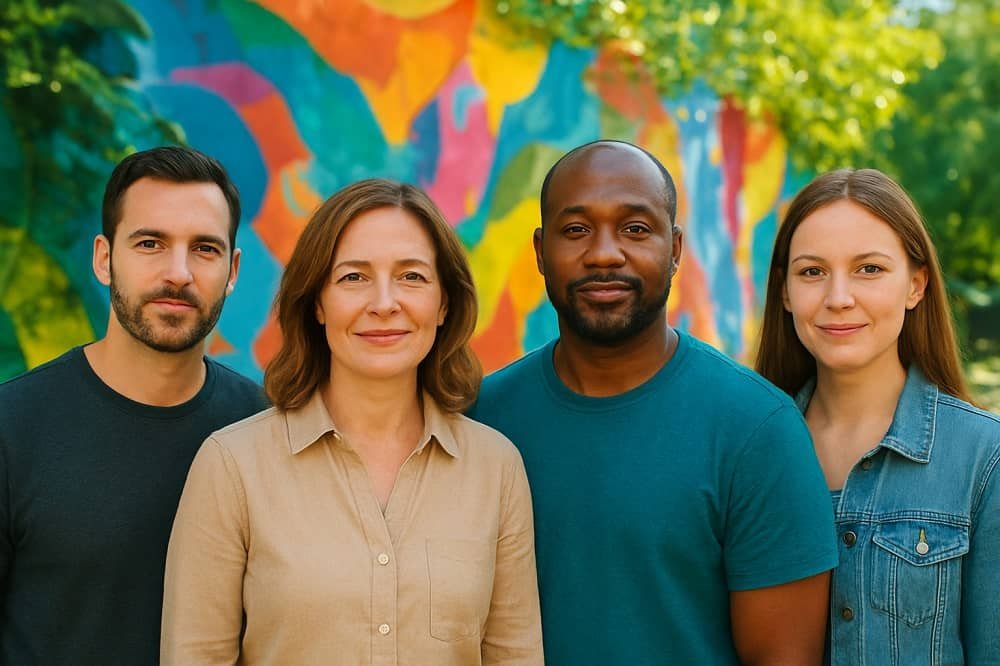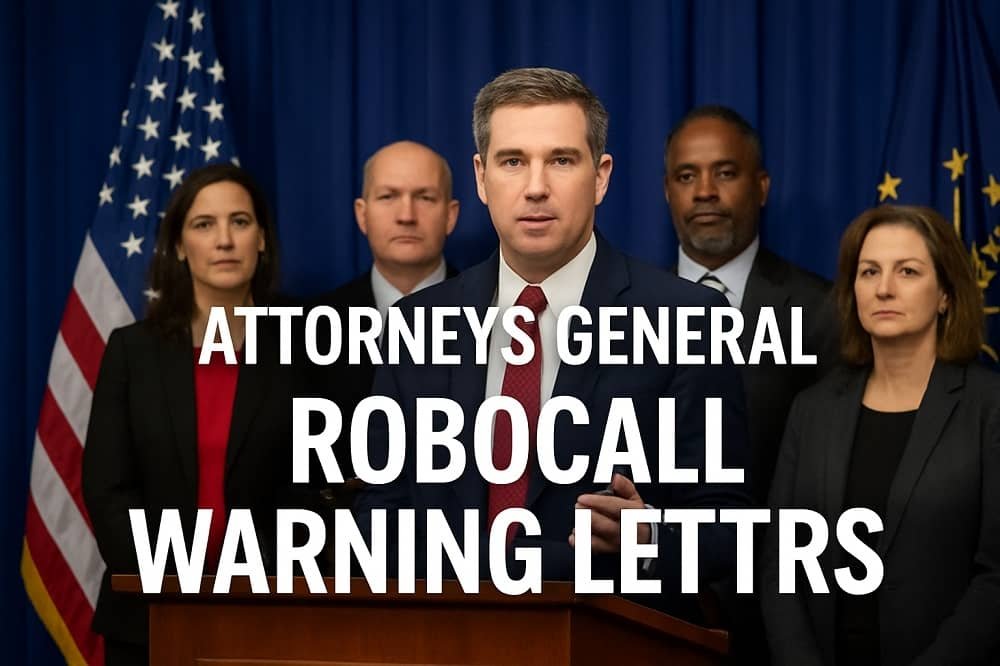Key Takeaways:
- Stigma creates barriers to treatment and fuels isolation.
- Addiction is a medical condition, not a moral failing.
- Shifting perspectives requires education, compassion, and accessible resources.
Understanding the Impact of Stigma on Addiction
Stigma surrounding addiction has a deep and lasting impact on individuals and communities. Often, inaccurate beliefs and negative stereotypes about substance use disorders create barriers that prevent people from accessing the help they need. From discrimination in healthcare settings to bias in the workplace, those struggling with addiction frequently face judgment rather than compassion, which can increase feelings of shame and isolation. Combatting these challenges starts with recognizing that addiction is a medical condition—one that is treatable with the right resources and support. Organizations like Heartwood Recovery offer guidance and support, helping to shift mindsets toward seeing addiction through a lens of empathy and hope.
When society labels addiction as a moral failing rather than a health issue, it undermines both prevention and recovery efforts. Research has shown that stigmatizing beliefs can discourage individuals from seeking treatment, exacerbate mental health issues, and contribute to worse health outcomes overall. To foster healing, communities must focus on acceptance and provide accessible pathways to recovery, whether through local treatment facilities, support groups, or educational outreach.
The Role of Language in Shaping Perceptions
The language used when discussing addiction significantly influences public attitudes and policy responses. Words like “addict” or “user” can reinforce harmful stereotypes and reduce an individual’s identity to a single aspect of their life. By comparison, using person-first language—such as “person with a substance use disorder”—acknowledges the individual before their condition and promotes dignity and respect. The Substance Abuse and Mental Health Services Administration (SAMHSA) provides clear guidance on how language can combat stigma and support recovery. Person-first language helps policymakers, media professionals, and everyday citizens foster more inclusive and supportive environments for recovery.
Shifting the language is more than semantics; it is about changing mindsets. For example, a study published by the National Institutes of Health (NIH) found that patients described using person-first language experienced less discrimination than those labeled by their condition. This subtle change can cultivate compassion and provide much-needed encouragement for people at any stage of their recovery.
Media’s Influence on Public Attitudes
Media portrayals play a powerful role in shaping public understanding of addiction, often dictating whether viewers respond with empathy or suspicion. Historically, news outlets and entertainment media have sensationalized addiction, focusing on crime, despair, and the most extreme stories, thereby fueling misconceptions. These portrayals have contributed to the myth that all who struggle with addiction are dangerous or incapable of recovery.
However, positive changes are emerging. Initiatives such as Camden County, NJ’s “Break the Stigma” campaign, work to counter harmful media trends by uplifting stories of hope and resilience. Such campaigns highlight real people in recovery, emphasizing their successes, challenges, and the ongoing journey of healing, which helps to humanize the experience for broader audiences. The media’s evolving role, from sensationalism to advocacy, is critical in changing the broader narrative and supporting individuals searching for resources and understanding.

Public Awareness Campaigns: Shifting Perceptions
Community- and government-driven public awareness campaigns are vital for changing societal views on addiction. These efforts challenge misconceptions at their root by centering real recovery stories, educational workshops, and fact-based resources. For example, the “Break the Stigma” campaign in New Jersey uses personal testimonials and outreach activities to help dismantle unhelpful myths and encourage greater compassion at the local level.
Public campaigns often partner with healthcare providers, advocacy groups, and community leaders to ensure information reaches vulnerable groups. By normalizing conversations about addiction and recovery, these efforts make it easier for affected individuals to come forward and seek help without fear of social repercussions.
Policy Changes: Advocacy for Fair Treatment
Stigma is not just a social issue—it’s institutional. Advocacy for equitable policy changes can drastically reduce systemic barriers to treatment and recovery. Policymakers are moving away from punitive approaches towards frameworks rooted in harm reduction, healthcare, and rehabilitation. For instance, Oregon’s recent decriminalization of small quantities of drugs has redirected attention from punishment to treatment, serving as a model for compassionate policy across the United States. This shift encourages individuals to seek help without fear of legal trouble, leading to better health outcomes and stronger communities.
Community Support and Education
Local communities play a transformative role in changing perceptions about addiction. Educational events, peer support networks, and collaboration with healthcare professionals help correct misconceptions, foster empathy, and share current scientific developments in addiction care. When community members receive accurate information and training, they become more capable allies, advocates, and friends.
Leadership from respected figures—faith leaders, teachers, and healthcare providers—can open doors and encourage inclusive conversations about prevention, treatment, and recovery. Community efforts ensure resources reach those in need and help make recovery visible, attainable, and sustainable.
The Power of Personal Stories
Personal stories break down walls of misunderstanding by putting a human face on addiction and recovery. When individuals share their journeys—whether anonymously or publicly—they shatter stereotypes, offer hope, and remind others that no one is alone. Platforms dedicated to real-life accounts give voice to lived experiences and inspire empathy, showing that recovery is possible for anyone.
These stories serve as powerful tools for families, policymakers, and practitioners, shedding light on addiction as a multifaceted health issue—and not a character flaw. By amplifying personal narratives, communities can further reduce stigma and promote positive change.
Final Thoughts
Reducing the stigma around addiction is an ongoing, collective effort. Every action matters from adjusting our language and challenging media representations to supporting innovative public awareness campaigns and advocating for sensible policy. When communities unite around education, compassion, and the promotion of personal stories, they help create an environment where people can access treatment and recover with dignity. Together, we can build a kinder, more understanding society that replaces judgment with hope, acceptance, and empowerment.




